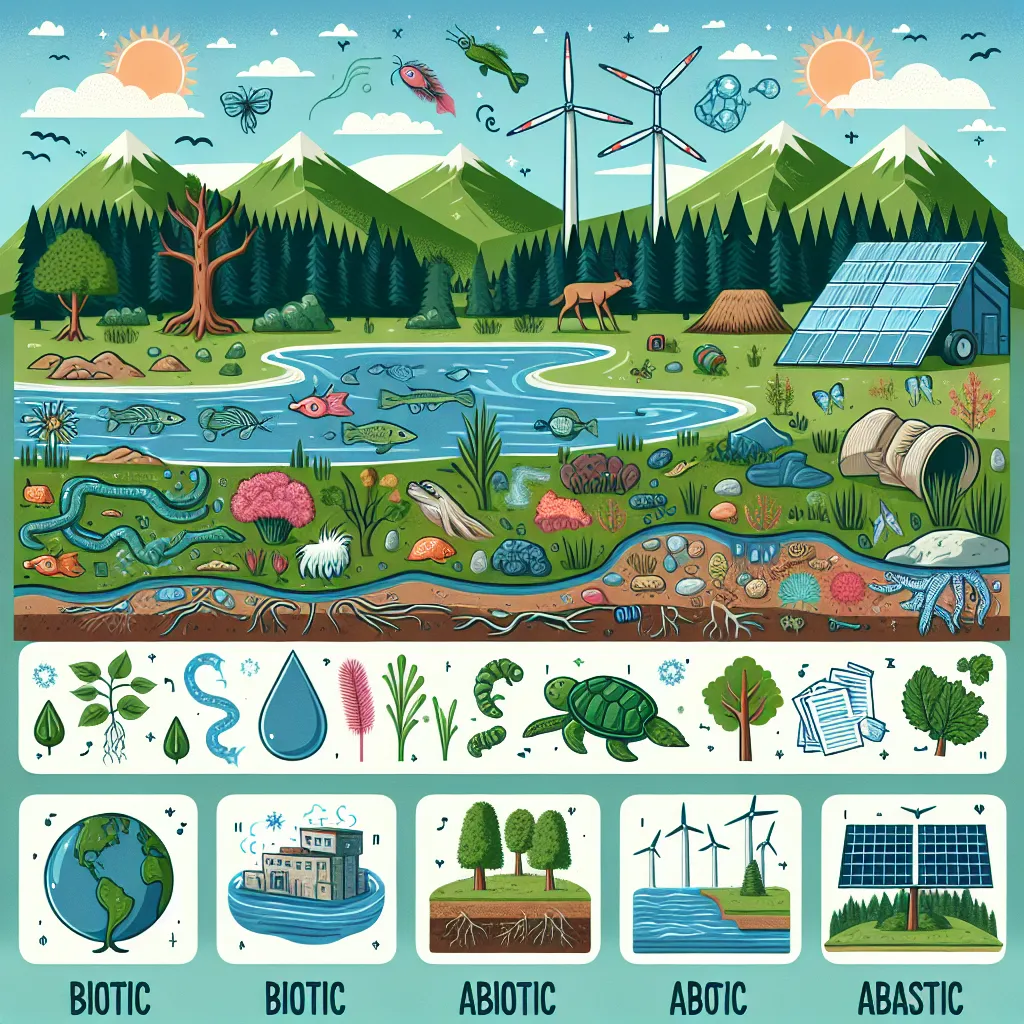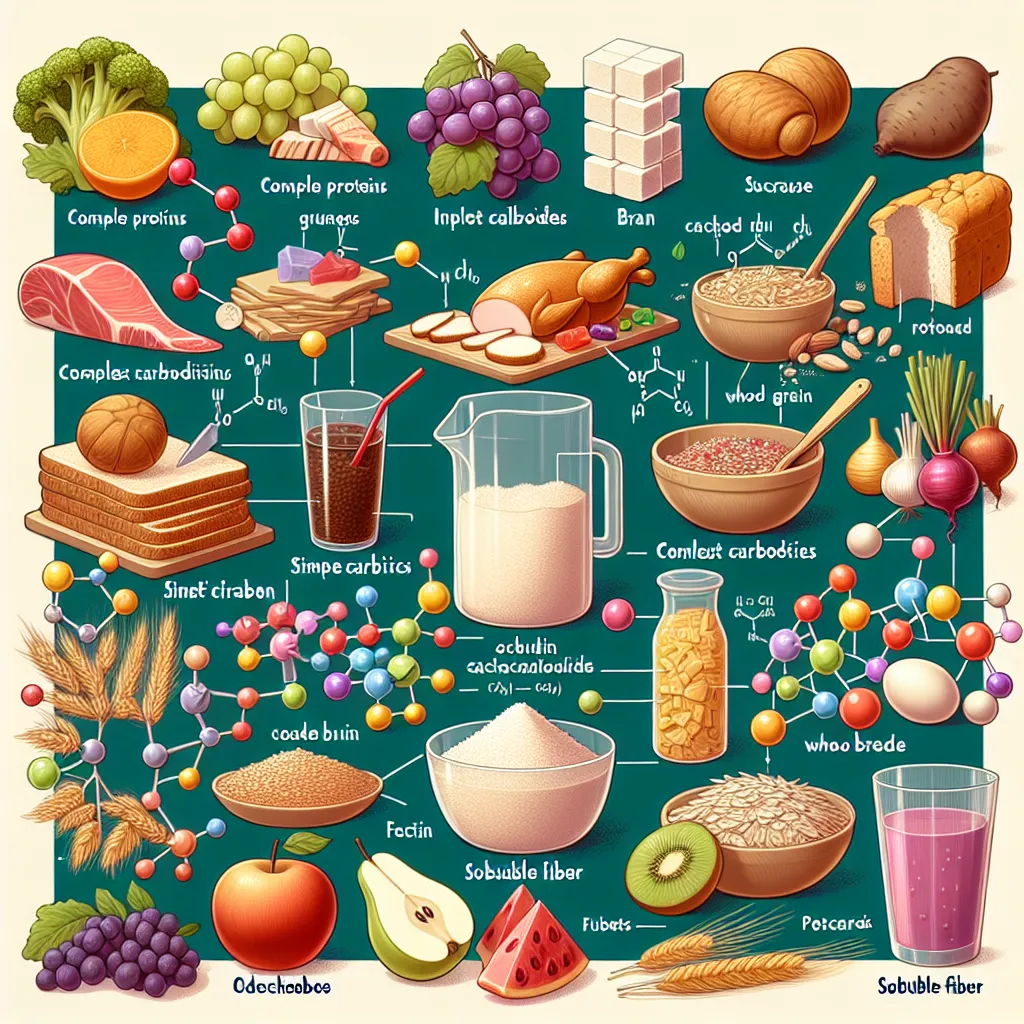Ask AI on The Internet
Question: match these words to their definition that I included out of order 1. Carbohydrates A. This lowers cholesterol, balances level of glucose, adds bulk to feces, and can prevent overeating. 2. Dietary fiber B. Dissolved in water, passes into the bloodstream during digestion and the body uses immediately. 3. fats C. When you do not consume the appropriate amounts of nutrients. 4. Fat-soluble vitamins D. Recommended daily intake amounts for specific nutrients. 5. glucose E. Grown without the use of any fertilizers or pesticides. 6. minerals F. Way of thinking that classifies behaviors as either total successes or total failures. 7. nutrients G. Mostly in plant-based foods such as vegetable oils, some peanut butters, and margarines and usually liquid at room temperature. 8. nutrition H. Some common reactions include hives or a rash, swelling in the tongue and throat, difficulty breathing, and abdominal cramps. 9. protein I. A tool for assessing an individual’s weight status. 10. Saturated fats J. The government regulates these and they change flavor and shelf life. 11. Trans fats K. It is the most common sugar found in foods and is usually joined to other sugars. 12. Unsaturated fats L. Eating too many foods that contain high amounts of added sugars, saturated fats, sodium, or refined grains. 13. vitamins M. Location of fat deposits on your body. 14. Water -soluble vitamins N. Your opinions about different types of food. 15. Added sugars O. For a particular height, having excess body weight, bone, muscle, water, or combination. 16. calories P. Play important role in the absorption and movement of certain vitamins. 17. Dietary Guidelines for Americans Q. The number of these changes over time and is affected by your biological sex, height, weight, and level of physical activity. 18. Empty calories R. Daily record of what you eat. 19. Food allergy S. When food is handled improperly contaminating food causing sickness such as nausea, vomiting, abdominal cramps, and diarrhea. 20. Food intolerance T. Your body needs many different forms of this to grow and develop normally. 21. malnutrition U. Symptoms often appear gradually, may experience gas, cramps, bloating, heartburn, headaches, and irritability or nervousness. 22. MyPlate V. Contains information about the nutritional content and value of foods. 23. Nutrient-dense foods W. These are released every five years. 24. Overnutrition X. Body weight that is too low compared with others of the same sex and age. 25. undernutrition Y. Chemical substances that allow your body to grow. 26. Daily values Z. Also known as food poisoning. 27. Food additives AA. Help the body eliminate sat and water mostly through increased urination. 28. Foodborne illnesses BB. Dissolves in the body’s fats and can be stored for later use. 29. Foodborne infection CC. Goal is to lose a significant amount of weight in a short time. 30. Foodborne intoxication DD. Ratio of fat, bone, and muscle that make up your body. 31. Food preferences EE. The body’s major source of energy. 32. Generally recognized as safe (GRAS) FF. Living things that have undergone changes to genetic material. 33. Genetically modified organism (GMO) GG. These supply few, if any, nutrients to the body. 34. Nutrition Facts Label HH. This can lead to issues with growth and children and teens who have this may not receive enough nutrients and never reach their full height. 35. organic II. Created by a process called hydrogenation. 36. “all-or-nothing” mind-set JJ. Food manufacturers must obtain approval from the FDA to use substances no on this list. 37. Body composition KK. These do not occur naturally in foods. 38. Body-fat distribution LL. Your body cannot make these so you need to absorb them from foods you eat. 39. Body mass index (BMI) MM. Having excess body fat or excessive overweight. 40. Diuretics NN. Organisms produce the toxins present in the foods. 41. Fad diets OO. Process of consuming foods and beverages to fuel your body 42. Food diary PP. The rate at which your body uses energy to carry out basic physiological processes such as breathing, digesting, and growing. 43. Metabolism QQ. People that are deficient in this are more likely to have weakened immune systems and get infections. 44. Obesity RR. Foods that provide vitamins, minerals, and other substances that either contribute to adequate nutrient intake or have positive health effects. 45. Overweight SS. Mostly found in animal-based foods such as meat and dairy products and usually solid at room temperature. 46. underweight TT. A system that puts the Dietary Guidelines for Americans into practice.
1. Carbohydrates - EE. The body’s major source of energy. 2. Dietary fiber - A. This lowers cholesterol, balances level of glucose, adds bulk to feces, and can prevent overeating. 3. Fats - G. Mostly in plant-based foods such as vegetable oils, some peanut butters, and margarines and usually liquid at room temperature. 4. Fat-soluble vitamins - BB. Dissolves in the body’s fats and can be stored for later use. 5. Glucose - K. It is the most common sugar found in foods and is usually joined to other sugars. 6. Minerals - LL. Your body cannot make these so you need to absorb them from foods you eat. 7. Nutrients - Y. Chemical substances that allow your body to grow. 8. Nutrition - OO. Process of consuming foods and beverages to fuel your body 9. Protein - QQ. People that are deficient in this are more likely to have weakened immune systems and get infections. 10. Saturated fats - SS. Mostly found in animal-based foods such as meat and dairy products and usually solid at room temperature. 11. Trans fats - II. Created by a process called hydrogenation. 12. Unsaturated fats - P. Play important role in the absorption and movement of certain vitamins. 13. Vitamins - T. Your body needs many different forms of this to grow and develop normally. 14. Water-soluble vitamins - B. Dissolved in water, passes into the bloodstream during digestion and the body uses immediately. 15. Added sugars - L. Eating too many foods that contain high amounts of added sugars, saturated fats, sodium, or refined grains. 16. Calories - Q. The number of these changes over time and is affected by your biological sex, height, weight, and level of physical activity. 17. Dietary Guidelines for Americans - W. These are released every five years. 18. Empty calories - GG. These supply few, if any, nutrients to the body. 19. Food allergy - H. Some common reactions include hives or a rash, swelling in the tongue and throat, difficulty breathing, and abdominal cramps. 20. Food intolerance - U. Symptoms often appear gradually, may experience gas, cramps, bloating, heartburn, headaches, and irritability or nervousness. 21. Malnutrition - C. When you do not consume the appropriate amounts of nutrients. 22. MyPlate - TT. A system that puts the Dietary Guidelines for Americans into practice. 23. Nutrient-dense foods - RR. Foods that provide vitamins, minerals, and other substances that either contribute to adequate nutrient intake or have positive health effects. 24. Overnutrition - X. Body weight that is too low compared with others of the same sex and age. 25. Undernutrition - HH. This can lead to issues with growth and children and teens who have this may not receive enough nutrients and never reach their full height. 26. Daily values - D. Recommended daily intake amounts for specific nutrients. 27. Food additives - J. The government regulates these and they change flavor and shelf life. 28. Foodborne illnesses - Z. Also known as food poisoning. 29. Foodborne infection - NN. Organisms produce the toxins present in the foods. 30. Foodborne intoxication - S. When food is handled improperly contaminating food causing sickness such as nausea, vomiting, abdominal cramps, and diarrhea. 31. Food preferences - N. Your opinions about different types of food. 32. Generally recognized as safe (GRAS) - JJ. Food manufacturers must obtain approval from the FDA to use substances no on this list. 33. Genetically modified organism (GMO) - FF. Living things that have undergone changes to genetic material. 34. Nutrition Facts Label - V. Contains information about the nutritional content and value of foods. 35. Organic - E. Grown without the use of any fertilizers or pesticides. 36. “All-or-nothing” mindset - F. Way of thinking that classifies behaviors as either total successes or total failures. 37. Body composition - DD. Ratio of fat, bone, and muscle that make up your body. 38. Body-fat distribution - M. Location of fat deposits on your body. 39. Body mass index (BMI) - I. A tool for assessing an individual’s weight status. 40. Diuretics - AA. Help the body eliminate sat and water mostly through increased urination. 41. Fad diets - CC. Goal is to lose a significant amount of weight in a short time. 42. Food diary - R. Daily record of what you eat. 43. Metabolism - PP. The rate at which your body uses energy to carry out basic physiological processes such as breathing, digesting, and growing. 44. Obesity - MM. Having excess body fat or excessive overweight. 45. Overweight - O. For a particular height, having excess body weight, bone, muscle, water, or combination. 46. Underweight - X. Body weight that is too low compared with others of the same sex and age.
A new large language model has been made available since this question was asked.
To generate an updated answer from the new model, click the button below.
Think your answer is better than the AI's? Post it below.
Other Most Relevant Posts:
 Navigating Nutrition: Exploring Benefits of a Balanced Diet Over Supplements and Essential Nutrients for Optimal Health
Navigating Nutrition: Exploring Benefits of a Balanced Diet Over Supplements and Essential Nutrients for Optimal Health
 ### What is a Fad?
### Is Losing 30 lbs. In a Week Healthy?
### Top 10 Fad Diets: 2023-2024
### The Cabbage Soup Diet
### The Keto Diet
### The Paleo Diet
### The Intermittent Fasting Diet
### Th
### What is a Fad?
### Is Losing 30 lbs. In a Week Healthy?
### Top 10 Fad Diets: 2023-2024
### The Cabbage Soup Diet
### The Keto Diet
### The Paleo Diet
### The Intermittent Fasting Diet
### Th
Question Tags
If you want your question answered by an AI, click here.





Post your own comment: